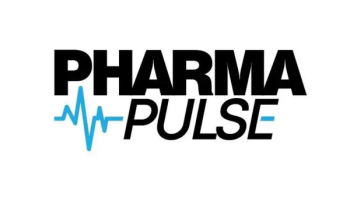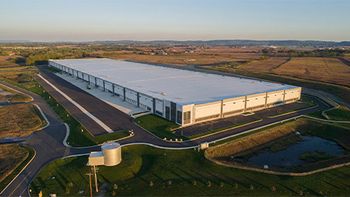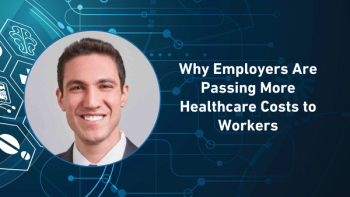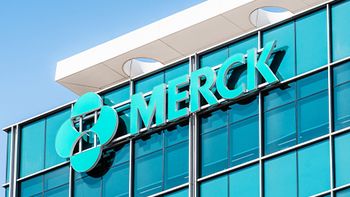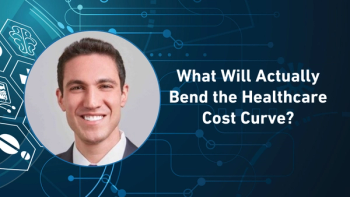
Counterfeiters Target Fragmented Pharma Supply Chains Through Digital Marketplaces
In the second part of his Pharma Commerce video interview, Mark Lee, MarqVision’s founder and CEO, explains how wide regional price gaps and lack of visibility in global distribution create openings for counterfeit sellers—with many now specializing in categories like oncology—who exploit platforms such as Facebook and Instagram to market fake drugs.
In a video interview with Pharma Commerce, Mark Lee, MarqVision’s founder and CEO, highlights the rapid growth and increasing sophistication of the counterfeit pharmaceutical market, driven in large part by bad actors leveraging artificial intelligence (AI). Counterfeiters are now using AI to replicate authentic pharmaceutical packaging with high accuracy, build convincing fake websites, and manipulate search algorithms—including SEO—to lure vulnerable patients. Generative AI tools make it easier than ever to clone legitimate sites, trick search engines, and present fraudulent products as genuine.
Lee emphasizes that counterfeit pharmaceuticals pose a far greater threat than other counterfeit goods, such as luxury handbags, because fake drugs directly endanger patient health and bypass stringent safety regulations. Consuming these unregulated substances can lead to severe health consequences, making counterfeit medications both a public health crisis and a criminal enterprise.
According to Lee, these bad actors are evolving at an alarming pace—so quickly that even advanced anti-counterfeiting teams struggle to keep up. At MarqVision, the company reportedly employs top-tier engineers, including former Google software engineers, to develop AI tools capable of identifying and shutting down these threats. However, the speed and adaptability of counterfeiters make the challenge ongoing and complex.
Lee explains that it’s now possible to completely copy an official pharmaceutical company’s website, such as Pfizer.com, within seconds using code-replication tools. These fake sites often use slightly altered domain names—like “Pfizer.in” or “Pfizermedications.com”—and are nearly indistinguishable from the originals. As a result, the proliferation of such sites is growing, amplifying the risks to patients who may unknowingly purchase and consume counterfeit drugs.
Ultimately, Lee underscores that the combination of advanced AI tools and the high stakes of counterfeit pharmaceuticals is creating a rapidly evolving threat landscape—one that demands equally sophisticated and fast-moving countermeasures to protect consumers and maintain the integrity of the drug supply chain.
He also comments on the specific vulnerabilities in the global pharmaceutical supply chain that are most commonly exploited by counterfeiters; the key advantages of using AI-powered systems to detect and intercept counterfeit drugs compared to traditional anti-counterfeit methods;the role healthcare companies and regulators play in combating counterfeit medicines; and much more.
A transcript of his conversation with PC can be found below.
PC: What specific vulnerabilities in the global pharma supply chain are most commonly exploited by counterfeiters, especially in digital marketplaces?
Lee: One of the characteristics that we know is true is that these global pharmaceutical companies have a very fragmented supply chain, and a lot of the times, our experience tells us that even the pharmaceutical companies, in many cases, don't exactly understand how the products are moving from one country to another.
Another thing that we see is that there's a very big gap in the price between different regions. One medication that is being sold for $100 per pill in the US could be sold for $20 a pill in other regions, and counterfeiters exploit this. One of the trends that we're seeing is that these counterfeiters actually now have this specialization. There are counterfeit sellers that are kind of specializing in oncology, for example. There's the seller selling oncology drugs, and basically, it's kind of specialized in all types of oncology drugs.
It's not like that that person is selling one particular type of drug. They're selling all types of oncology drugs, and they become an expert in selling these types of treatments, and they know who to target. We now see that these illegal seller networks tend to cluster around specific product categories, and we actually recently did an analysis on social media. We recently ran a survey on Facebook and Instagram, and this was a 72-hour kind of landscaping of the fake drugs that we find. We basically found that there were 138 unique global pharma drugs of 690 distinct products, just on Facebook and Instagram.
These were sold by all these different categories of sellers that specialize in specific fields. The top brands that we found were Everest, Novartis, Bayer, Roche, Pfizer, all these global major pharmaceutical brands. This is the trend that we're seeing, and we're seeing more and more of these sellers selling these drugs on Facebook and Instagram.
Newsletter
Stay ahead in the life sciences industry with Pharmaceutical Commerce, the latest news, trends, and strategies in drug distribution, commercialization, and market access.

